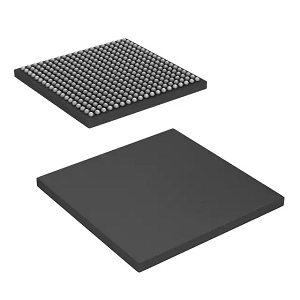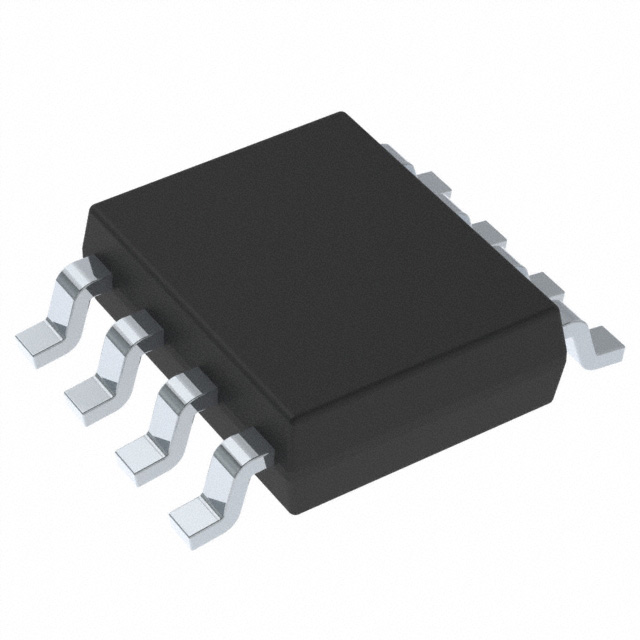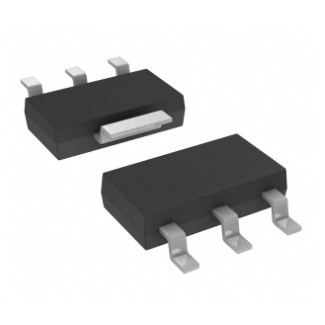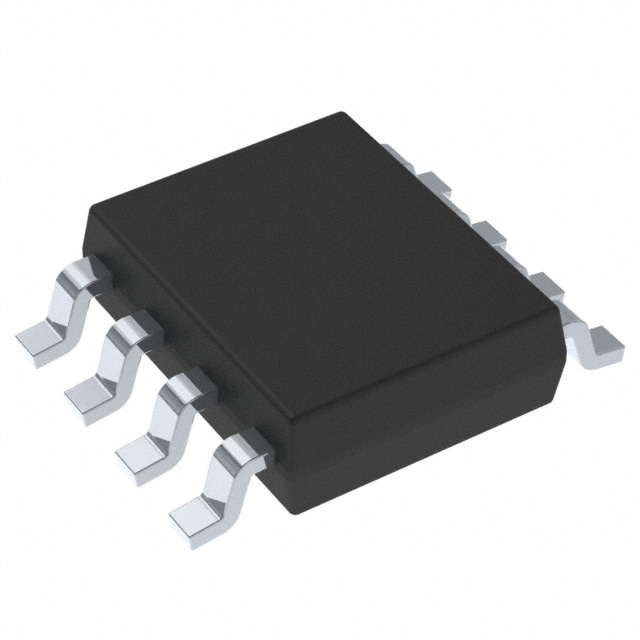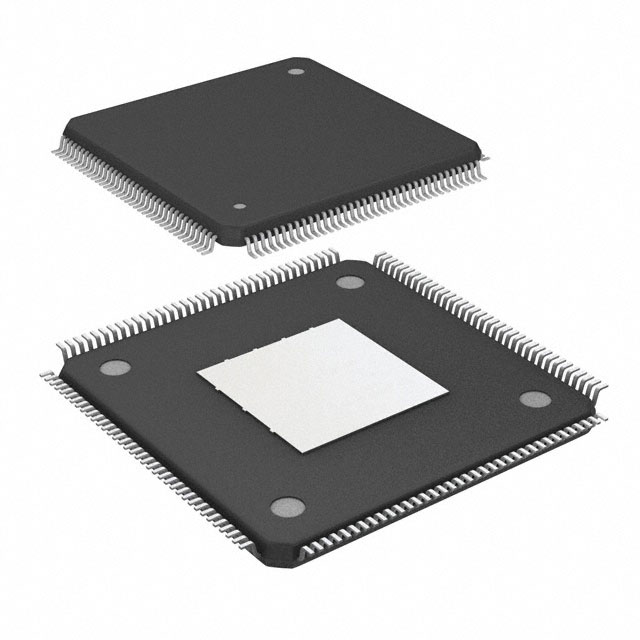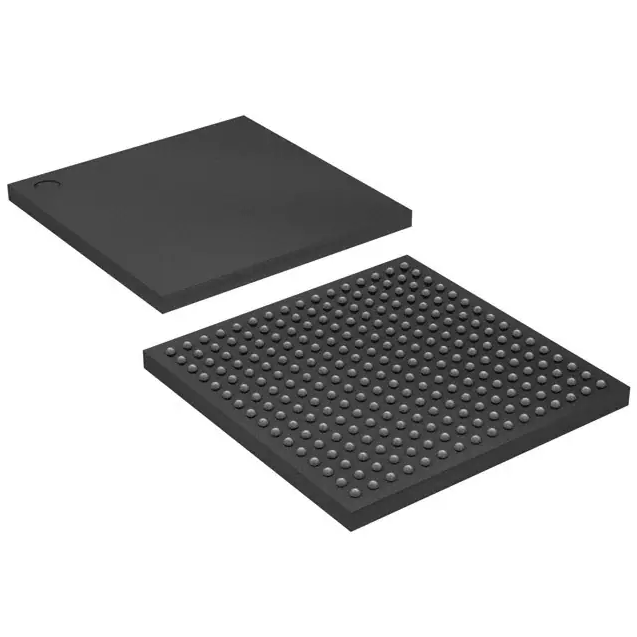Embedded & DSP-TMS320C6746EZWTD4
Product Attributes
| TYPE | DESCRIPTION |
| Category | Integrated Circuits (ICs) |
| Mfr | Texas Instruments |
| Series | TMS320C674x |
| Package | Tray |
| Product Status | Active |
| Type | Fixed/Floating Point |
| Interface | EBI/EMI, Ethernet MAC, Host Interface, I²C, McASP, McBSP, SPI, UART, USB |
| Clock Rate | 456MHz |
| Non-Volatile Memory | ROM (1.088MB) |
| On-Chip RAM | 488kB |
| Voltage - I/O | 1.8V, 3.3V |
| Voltage - Core | 1.00V, 1.10V, 1.20V, 1.30V |
| Operating Temperature | -40°C ~ 90°C (TJ) |
| Mounting Type | Surface Mount |
| Package / Case | 361-LFBGA |
| Supplier Device Package | 361-NFBGA (16x16) |
| Base Product Number | TMS320 |
Documents & Media
| RESOURCE TYPE | LINK |
| Datasheets | TMS320C6746BZWTD4 |
| PCN Design/Specification | nfBGA 01/Jul/2016 |
| PCN Assembly/Origin | Multiple Parts 28/Jul/2022 |
| Manufacturer Product Page | TMS320C6746EZWTD4 Specifications |
| HTML Datasheet | TMS320C6746BZWTD4 |
| EDA Models | TMS320C6746EZWTD4 by Ultra Librarian |
| Errata | TMS320C6746 Errata |
Environmental & Export Classifications
| ATTRIBUTE | DESCRIPTION |
| RoHS Status | ROHS3 Compliant |
| Moisture Sensitivity Level (MSL) | 3 (168 Hours) |
| REACH Status | REACH Unaffected |
| ECCN | 3A991A2 |
| HTSUS | 8542.31.0001 |
Detailed Introduction
DSP is digital signal processing and DSP chip is the chip that can implement digital signal processing technology. DSP chip is a fast and powerful microprocessor that is unique in that it can process information instantly. DSP chips have an internal Harvard structure that separates program and data, and have special hardware multipliers that can be used to quickly implement various digital signal processing algorithms. In the context of today's digital era, DSP has become the basic device in the field of communications, computers, consumer electronics, etc. The birth of DSP chips is the need of the hour. Since the 1960s, with the rapid development of computers and information technology, digital signal processing technology was born and has been rapidly developed. In the DSP chip before the emergence of digital signal processing can only rely on microprocessors to complete. However, due to the lower processing speed of microprocessors is not fast enough to meet the high-speed real-time requirements of the increasing amount of information. Therefore, the application of faster and more efficient signal processing has become an increasingly urgent social demand. In the 1970s, the theoretical and algorithmic foundation of DSP chips had matured. However, the DSP was only in the textbook, even the developed DSP system is composed of discrete components, its application areas are limited to the military, aerospace sector. 1978, AMI released the world's first monolithic DSP chip S2811, but there is no hardware multiplier necessary for modern DSP chips; 1979, Intel Corporation released a commercial programmable device 2920 is a DSP chip. In 1979, Intel Corporation of America released its commercial programmable device 2920, a major milestone for DSP chips, but it still did not have a hardware multiplier; in 1980, NEC Corporation of Japan released its MPD7720, the first commercial DSP chip with a hardware multiplier, and thus is considered the first monolithic DSP device.
In 1982 the world was born the first generation of DSP chip TMS32010 and its series. This DSP device using micron process NMOS technology, although the power consumption and size is slightly larger, but the computing speed is tens of times faster than the microprocessor. The introduction of the DSP chip is a milestone, it marks the DSP application system from large systems to miniaturization of a major step forward. By the mid-80s, with the emergence of CMOS process DSP chip, its storage capacity and computing speed have been multiplied, becoming the basis for voice processing, image hardware processing technology. late 80s, the third generation of DSP chips. Further increase in computing speed, its application scope gradually expanded to the field of communications, computers; 90s DSP development is the fastest, the emergence of the fourth and fifth generation of DSP chips. The fifth generation compared with the fourth generation of higher system integration, the DSP cores and peripheral components integrated in a single chip. After entering the 21st century, the sixth generation of DSP chips emerged. The sixth generation of chips in the performance of the overall crushing the fifth generation of chips, while based on the different business purposes developed a number of personalized branches, and began to gradually expand into new areas.






